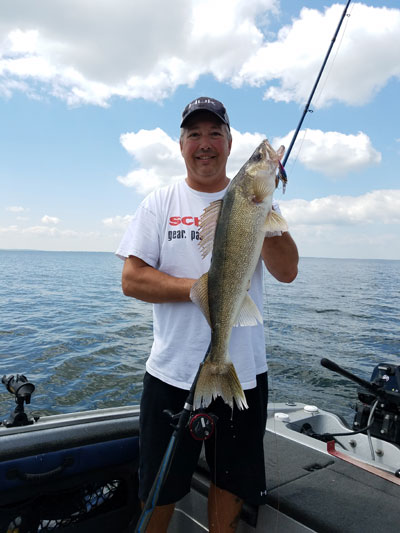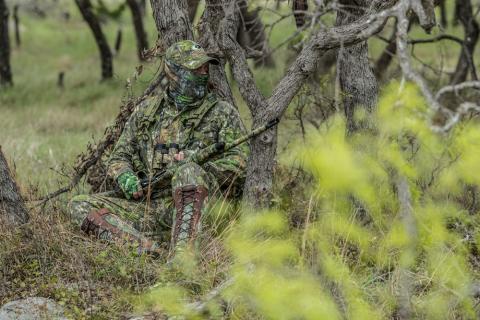
When I was 24 years old, I’d never fished outside my home state of North Dakota. I joined the Professional Walleye Tournament Fishing Circuit. One of the first lakes I fished was Lake Mille Lacs in Minnesota, a world-famous walleye and smallmouth fishery. Since the year was 1994, learning information about lakes and their resources wasn’t that easy back then with no Internet access and few lake maps available. I went to the Minnesota Department of Natural Resources and met the fisheries biologist responsible for Lake Mille Lacs. I told him when the tournament would be held there and asked, “What should I look for to try and catch big walleyes at that time of the year?” The biologist told me what the walleyes in that lake would be feeding on then, as well as the areas of the lake where the biggest walleyes usually were caught at that time of the year and other pertinent information to help me be successful in that tournament.
 I didn’t win the tournament, but I caught multiple walleyes weighing more than 8 pounds each. On the second day of the tournament, I weighed in two walleyes for a total weight of 19 pounds. We actually could bring in five walleyes, but these two fish were the only ones I had that I thought were big enough to weigh. I had a really good performance on Lake Mille Lacs in that tournament. I wouldn’t say that the biologist was 100 percent responsible for why I did so well. I still had to get to the lake and use my tactics and my baits to try to catch those fish. But I learned quickly at that young age that the fisheries biologist responsible for where you’re fishing can share really good information with you to help you be successful. I think many anglers fail to use this shortcut when they’re fishing for walleyes at a new lake.
I didn’t win the tournament, but I caught multiple walleyes weighing more than 8 pounds each. On the second day of the tournament, I weighed in two walleyes for a total weight of 19 pounds. We actually could bring in five walleyes, but these two fish were the only ones I had that I thought were big enough to weigh. I had a really good performance on Lake Mille Lacs in that tournament. I wouldn’t say that the biologist was 100 percent responsible for why I did so well. I still had to get to the lake and use my tactics and my baits to try to catch those fish. But I learned quickly at that young age that the fisheries biologist responsible for where you’re fishing can share really good information with you to help you be successful. I think many anglers fail to use this shortcut when they’re fishing for walleyes at a new lake.
When I do seminars on walleye fishing all across the U.S., one of the first things I tell the people who come to my seminars is to use the fisheries biologists on the lakes they’re planning to fish to tell them where to fish and how to fish there. Today with the Internet, you can go online to the Department of Conservation and Natural Resources webpage in a state, choose walleye fishing and learn a lot about the lake. You’ll learn: when the walleye spawn occurs on each lake; what baitfish the walleye are feeding on at that time of the year; what year classes of walleye should be the biggest when you’re fishing; how big the walleyes are in that year class; and how small the walleyes are in other year classes.
You may be able to learn the email address of the biologist responsible for the lake you hope to fish, ask him the questions you need answers to and have him or her email you back the answers without your having to call the biologist. That information is free, and most biologists I’ve talked to are more than happy to try and help fishermen find the walleyes they want to take.



























